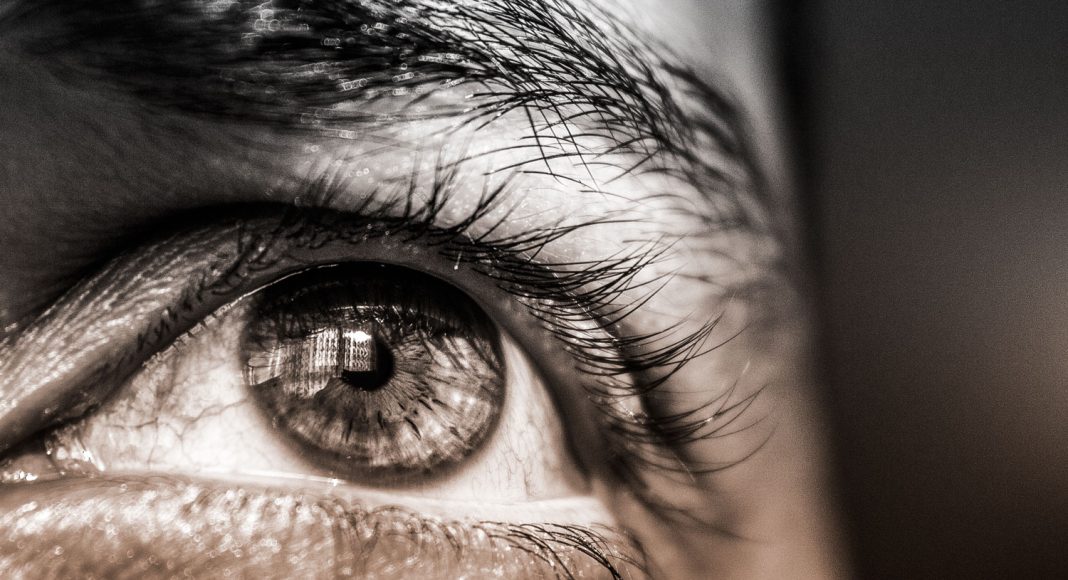Trichotillomania is an irresistible urge to to pull out one’s hair, usually from the scalp, eyebrows, and eyelashes. It is an impulse control disorder related to obsessive compulsive disease that can leave patients with patchy bald spots — which can be a source of embarrassment that, of course, leads to even more compulsive pulling.
Some people pull their hair with great focus and determination, often as a means of controlling or dissipating anxiety, while others simply pluck in a desultory, unselfconscious way. People with trichotillomania may also be inclined to skin picking (excoriation) or nail biting (onychophagy).
Like most psychological conditions, trichotillomania arises from a complex combination of genetic and environmental factors.
Like most psychological conditions, trichotillomania arises from a complex combination of genetic and environmental factors. It’s possible that cannabis can help at both ends.
To the degree that marijuana can ease anxiety, it can give relief to sufferers of trichotillomania. But it’s not an absolute good: Anecdotally, casual hair pullers can lose track of time while high and end up on hours’ long plucking jags. On the other hand, as we know (just guessing!), weed can also temporarily induce paranoia, and that can also intensify hair pulling.
When it comes to neurochemistry, there is some evidence suggesting that trichotillomania is linked with the overproduction of the neurotransmitter glutamate—and THC can have a moderating affect there. A study from 2011 found that THC “demonstrated statistically significant reductions in trichotillomania symptoms, in the absence of negative cognitive effects.”
If you want to know more about trichtillomania, this review of the medical literature is a good place to start.


